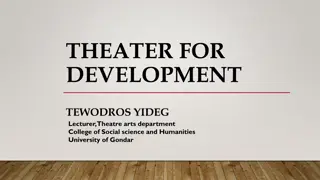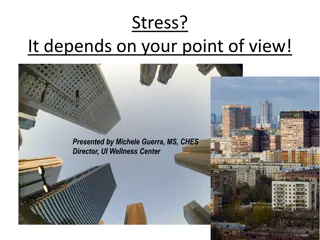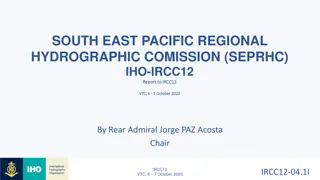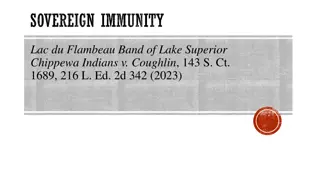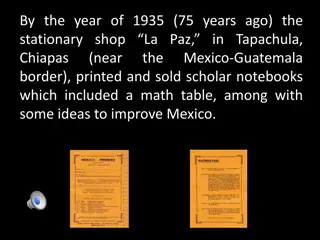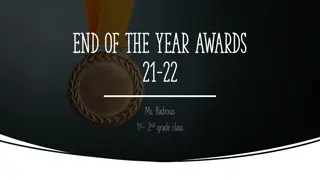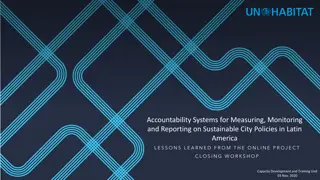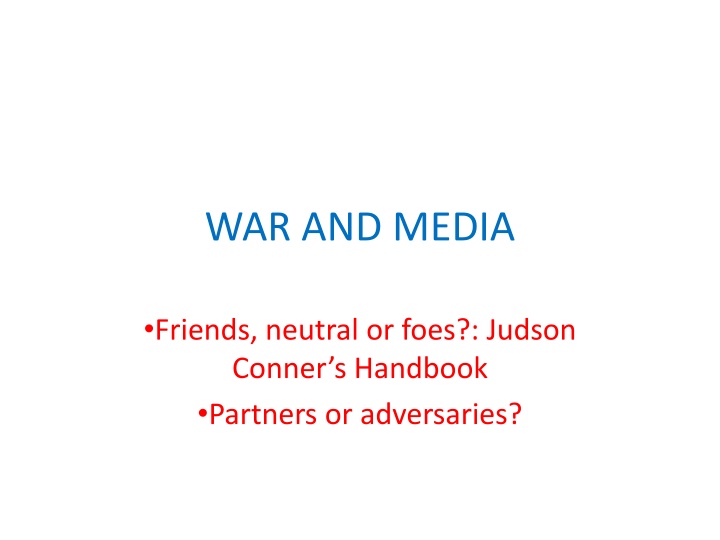
War and Media: Understanding the Relationship Between Journalists and Military
Explore the intricate dynamics between journalists and the military in the context of war and media coverage. Discover the crucial roles, challenges, and responsibilities faced by both parties, and the call for greater protection of journalists in conflict zones.
Download Presentation

Please find below an Image/Link to download the presentation.
The content on the website is provided AS IS for your information and personal use only. It may not be sold, licensed, or shared on other websites without obtaining consent from the author. If you encounter any issues during the download, it is possible that the publisher has removed the file from their server.
You are allowed to download the files provided on this website for personal or commercial use, subject to the condition that they are used lawfully. All files are the property of their respective owners.
The content on the website is provided AS IS for your information and personal use only. It may not be sold, licensed, or shared on other websites without obtaining consent from the author.
E N D
Presentation Transcript
WAR AND MEDIA Friends, neutral or foes?: Judson Conner s Handbook Partners or adversaries?
Journalists & Military Umbilical dependency Better Journalists & Power Media tasks: actors, messages, mirrors, judges, lawyers, filters, codifiers, peace/war weapons, postmen, educators, propagandists, legitimacy makers or destroyers.. Media functions: information, mediation, education and compensation
Journalists & Military (2) Media in Iraq? Grade, please Media is for/against the Military most of the time? The longer it goes and the higher the n of casualties (PEW) Importance of the Media before/after war What does the Media need from the Military: Cardiff Report (2006)
KILLING THE Messenger REPORT OF THE GLOBAL INQUIRY BY THE INTERNATIONAL NEWS SAFETY INSTITUTE INTO THE PROTECTION OF JOURNALISTS We call on governments to live up to their responsibilities under UN Security Council Resolution 1738 condemning attacks on journalists and other news professionals by putting an end to such practices. We call on all militaries to recognise the right of news media personnel to be present in the battle space, whether accredited to or embedded with the forces involved, attached to adversary forces or operating unilaterally. They should understand that embeds would have no legitimacy without independent reporting from the unilaterals . We call on every military and national security entity to hold a full and open inquiry as soon as practicable whenever a member of the news media is killed in an incident involving its personnel in order to establish accountability.
KILLING THE Messenger (2) We urge all militaries to follow the lead of the British Ministry of Defence in its 2006 Green Book of media-military operations in wartime where it recognised for the first time the issue of journalist safety and the right of correspondents to move freely in the battle space. It pledged that UK forces will never deliberately target either individual correspondents or civil media facilities. We call on militaries at war to provide the news media with regular and timely briefings on danger zones, to respect media markings on vehicles and personnel and ensure the presence of the media in the battle space is communicated swiftly to military units in the same area.
KILLING THE Messenger (3) We urge militaries, police and other security forces to include media understanding in basic training. Soldiers and understand that reporting an opposing point of view does not make an individual journalist or news organisation an enemy. Police have to
Journalists & Military (3) Main changes: From adversaries to partners From direct control (censorship) to indirect control (pools, embedding, forget intermediaries ) Why? Results? Infiltration (generals at CNN) Economic influence/control (Hollywood .)
Meet the Press:Conners Rules (1) 1. No stereotypes or cathegories 2. Look at the company and its trayectory 3. Loyalty, yes but . 4. Bipolar missions 5. Rigour, veracity, truth 6. Time schedules 7. Language 8. Orden
Conners Rules ( y 2) 9. Credibilidad 10. Obsesi n por lo negativo 11. Competencia 12. Prevenci n 13. Codes of conduct/Editorial principles (Example: BBC) 14. Classified and secret information 15. Los mejores portavoces 16. Nunca amenaces ni insultes
Conners Rules ( y 3) 17. Da la cara, no te escondas 18. Cautela, los micr fonos nunca se apagan 19. Las v ctimas 20. Entrevistas, ruedas de prensa y debates o tertulias
Simon Kuper F. Times Nov. 9, 2012 How to handle the media An interview is like a seduction: the journalist aims to charm you into giving him your best stuff. Sometimes the seduction is literal
Questions and Answers (1) Are we all the same? Freedom of information or patriotism? Always with us: in peace or in war? Sun Tsu or Viceadmiral Heath? What is my duty? Victory or demo function Time is crucial, but schedules are different All news is propaganda? What impact of the information revolution?
Questions and Answers (2) Media loves conflict? And the military? Lord Reith: Journalism = storm troops of propaganda? War room = Propaganda room? Embedded = kidnapped? Old and new propaganda? The bigger, the better? Live news, compatible with true news?
Questions and Answers (3) War journalism Combat Voice to your side Dehumanizing When fighting starts Reactive Only the visible Good-bad, angels-demons Enemy s lies No mention of peace proposals Imprecision Peace journalism Causes and consequences Voice to all Humanizing Much earlier Preventive Visible and invisible effects Good and bad in all sides Everybody s lies Peace initiatives/proposals Precision: genocide, tragedy, magnicidio, ethnic..
Questions and Answers (4) Language (see ) No more Vietnams? Must journalists take sides? Are they free to do it? If Media and Armed Forces is viewed as a showdown, who is winning? US Debate: M. Ignatieff and more
Questions and Answers (4) The first to go, the last to leave? Who risks more? What are the rules of the game? Do the military know and understand the guidelines journalists should follow when covering conflict? Is Media helping terrorism? Was D. Rumsfeld correct in his diagnosis?
D. Rumsfeld (CFR 27 Feb 2006) Our enemies have skillfully adapted to fighting wars in today s media age, but for the most part we, our country, our government, has not adapted. They plan and design their headline-grabbing attacks using every means of communication to intimidate and break the collective will of free people.
D. Rumsfeld (2) They know that communications transcend borders and that a single news story handled skillfully can be as damaging to our cause and helpful to theirs as any other method of military attack. And they re doing it. Our federal government beginning to adapt our operations to the 21st century. For the most government still functions as a five and dime store in an eBay world. is really only part, the U.S.
D. Rumsfeld (3) Today we re engaged in the first war in history unconventional and irregular as it may be in an era of e-mails, blogs, cell phones (laughter) Blackberrys, Messaging, digital cameras, a global Internet with no inhibitions, cell phones, hand-held videocameras, talk broadcasts, satellite television. There s never been a war fought in this environment before. Instant radio, 24-hour news
D. Rumsfeld (4) the old adage that A lie can be halfway around the world before the truth has its boots on becomes doubly true with today s technologies. First, government at all levels will need to make communications planning a central component of every aspect of this struggle. The longer it takes to put a strategic communication framework into place, the more we can be certain that the vacuum will be filled by the enemy and by news informers that most assuredly will not paint an accurate picture of what is actually taking place.
Simon Kuper F. Times Nov. 9, 2012 How to handle the media An interview is like a seduction: the journalist aims to charm you into giving him your best stuff. Sometimes the seduction is literal

